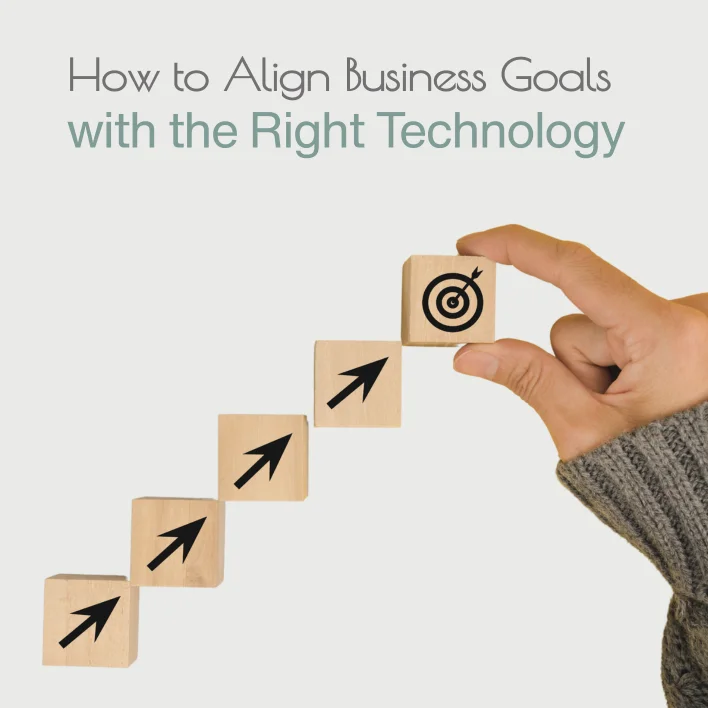In-App Purchases vs Ads: Which Strategy is Best?
You’ve created your app, and people are starting to download,...
We use cookies for our website to give you the most relevant experience by remembering your preferences. By clicking “accept”, you consent to use of ALL the cookies
This website uses cookies to improve your experience while you navigate through the website. Out of these, the cookies that are categorized as necessary are stored on your browser as they are essential for the working of basic functionalities of the website. We also use third-party cookies that help us analyze and understand how you use this website. These cookies will be stored in your browser only with your consent. You also have the option to opt-out of these cookies. But opting out of some of these cookies may affect your browsing experience.
Necessary cookies are absolutely essential for the website to function properly. These cookies ensure basic functionalities and security features of the website, anonymously.
| Cookie | Duration | Description |
|---|---|---|
| cookielawinfo-checkbox-functional | 11 months | This cookie is set by GDPR Cookie Consent plugin. The cookie is used to store the user consent for the cookies in the category “Analytics”. |
| cookielawinfo-checkbox-functional | 11 months | The cookie is set by GDPR cookie consent to record the user consent for the cookies in the category “Functional”. |
| cookielawinfo-checkbox-necessary | 11 months | This cookie is set by GDPR Cookie Consent plugin. The cookies is used to store the user consent for the cookies in the category “Necessary”. |
| cookielawinfo-checkbox-others | 11 months | This cookie is set by GDPR Cookie Consent plugin. The cookie is used to store the user consent for the cookies in the category “Other. |
| cookielawinfo-checkbox-performance | 11 months | This cookie is set by GDPR Cookie Consent plugin. The cookie is used to store the user consent for the cookies in the category “Performance”. |
| viewed_cookie_policy | 11 months | The cookie is set by the GDPR Cookie Consent plugin and is used to store whether or not user has consented to the use of cookies. It does not store any personal data. |
Functional cookies help to perform certain functionalities like sharing the content of the website on social media platforms, collect feedbacks, and other third-party features.
Performance cookies are used to understand and analyze the key performance indexes of the website which helps in delivering a better user experience for the visitors.
Analytical cookies are used to understand how visitors interact with the website. These cookies help provide information on metrics the number of visitors, bounce rate, traffic source, etc.
Advertisement cookies are used to provide visitors with relevant ads and marketing campaigns. These cookies track visitors across websites and collect information to provide customized ads.
Other uncategorized cookies are those that are being analyzed and have not been classified into a category as yet.
Cyberia Tech, Inc. respects your privacy. This Privacy Policy explains how we collect, use, and share your information. By using our services, you agree to this policy. If any other agreements conflict with this Privacy Policy, the terms of those agreements prevail.
Cyberia Tech complies with the EU-US and Swiss-US Privacy Shield Frameworks for handling personal data from the EEA, UK, and Switzerland. In case of any conflict, the Privacy Shield Principles prevail. Learn more at Privacy Shield. Key Definitions
Information linked to an individual, transferred from the EEA, UK, or Switzerland to the U.S.
Data revealing race, religion, health, sexual orientation, and similar categories.
Effective Date: [ 2025 / 11 / 29 ]
Welcome to The Cyberia Tech ! By accessing or using our website or services, you agree to
comply with and be bound by these Terms of Use and our Privacy Policy. If you do not agree with
these terms, please do not use our Services.
Loading
0 %

In today’s fast-paced, digitally driven world, businesses face an unprecedented challenge: staying competitive while navigating the ever-evolving landscape of technology. The question is no longer whether technology is essential for success, but rather how to ensure that the technology you invest in aligns seamlessly with your business goals. This is where the concept of Business Technology Strategy comes into play. A well-crafted strategy ensures that your technology alignment with business objectives is not just a buzzword but a tangible driver of growth, efficiency, and innovation.
Imagine this: a thriving business that effortlessly scales, adapts to market changes, and delivers exceptional value to its customers. Now, picture the opposite—a business struggling with outdated systems, misaligned tools, and missed opportunities. The difference between these two scenarios often boils down to one critical factor: how effectively the business aligns its goals with the right technology. This article will explore how to align business goals with the right technology, offering actionable insights into making the best tech investments for businesses, leveraging AI and automation for business efficiency, and understanding how technology drives business growth.

At the heart of every successful business is a clear vision and well-defined goals. However, without the right technology to support these goals, even the most ambitious plans can fall flat. Technology alignment with business objectives is not just about adopting the latest tools; it’s about ensuring that every piece of technology serves a purpose and contributes to the overarching mission of the organization.
For instance, consider a retail company aiming to enhance customer experience. Investing in a state-of-the-art e-commerce platform without integrating it with inventory management or customer relationship management (CRM) systems would create silos and inefficiencies. On the other hand, a holistic approach that aligns these technologies with the business goal of improving customer satisfaction can lead to seamless operations, personalized experiences, and ultimately, increased revenue.

A robust Business Technology Strategy is the foundation for achieving technology alignment with business objectives. This strategy should be a living document that evolves alongside your business and the technological landscape. Here’s how to create one:

One of the most transformative aspects of modern technology is the rise of AI and automation. These tools are no longer reserved for tech giants; they are accessible to businesses of all sizes and industries. Using AI and automation for business efficiency can revolutionize how you operate, from customer service to supply chain management.
AI-powered tools can analyze vast amounts of data in real-time, providing insights that would be impossible for humans to uncover manually. For example, predictive analytics can help businesses forecast demand, optimize inventory, and reduce waste. Similarly, automation can handle repetitive tasks such as invoicing, email marketing, and even HR processes, freeing up valuable time for your team to focus on strategic initiatives.
Moreover, AI and automation can enhance customer interactions. Chatbots, for instance, can provide instant support, answer frequently asked questions, and even guide customers through the purchasing process. This not only improves customer satisfaction but also reduces the workload on your support team.

With countless technology solutions available, it can be overwhelming to determine which ones are worth investing in. The key is to focus on the best tech investments for businesses that align with your goals and offer long-term value. Here are some areas to consider:

While the benefits of aligning business goals with technology are clear, the process is not without its challenges. Common obstacles include budget constraints, resistance to change, and the rapid pace of technological advancements. Here’s how to overcome these challenges:

Leadership plays a critical role in ensuring successful technology alignment with business objectives. Leaders must champion the integration of technology into the business strategy, fostering a culture of innovation and adaptability. This involves:
What does it mean to align business goals with technology?
Aligning business goals with technology means selecting and implementing technological solutions that directly support and enhance your organization’s objectives. It ensures that every tech investment contributes to achieving key outcomes, such as improving efficiency, driving growth, or enhancing customer experiences.
Why is a Business Technology Strategy important?
A Business Technology Strategy is crucial because it provides a clear roadmap for integrating technology into your operations. It ensures that your tech investments are purposeful, cost-effective, and aligned with your long-term goals, helping you avoid wasted resources and misaligned tools.
How can AI and automation improve business efficiency?
AI and automation streamline repetitive tasks, reduce errors, and provide data-driven insights, allowing businesses to operate more efficiently. These technologies free up employees to focus on strategic initiatives, improve decision-making, and enhance customer interactions through tools like chatbots and predictive analytics.
What are the best tech investments for businesses?
The best tech investments depend on your business goals, but commonly impactful solutions include cloud computing, cybersecurity measures, CRM systems, AI and machine learning tools, and collaboration platforms. These technologies offer scalability, security, and efficiency, driving growth and innovation.
In a world where technology is reshaping industries at an unprecedented pace, aligning your business goals with the right technology is no longer optional—it’s essential. A well-defined Business Technology Strategy ensures that your investments drive growth, enhance efficiency, and position your business for long-term success. By focusing on technology alignment with business objectives, making the best tech investments for businesses, and leveraging tools like AI and automation for business efficiency, you can unlock new opportunities and stay ahead of the competition.
The journey to aligning business goals with technology may seem daunting, but the rewards are well worth the effort. Start by assessing your current technology landscape, engaging stakeholders, and prioritizing investments that align with your goals. Remember, technology is not just a tool; it’s a strategic enabler that can transform your business and drive sustainable growth.
Now is the time to take action. Evaluate your business goals, explore the latest technological advancements, and create a roadmap for alignment. The future of your business depends on it. Embrace the power of technology, and watch as it propels your business to new heights.
You Can Get More Information!
